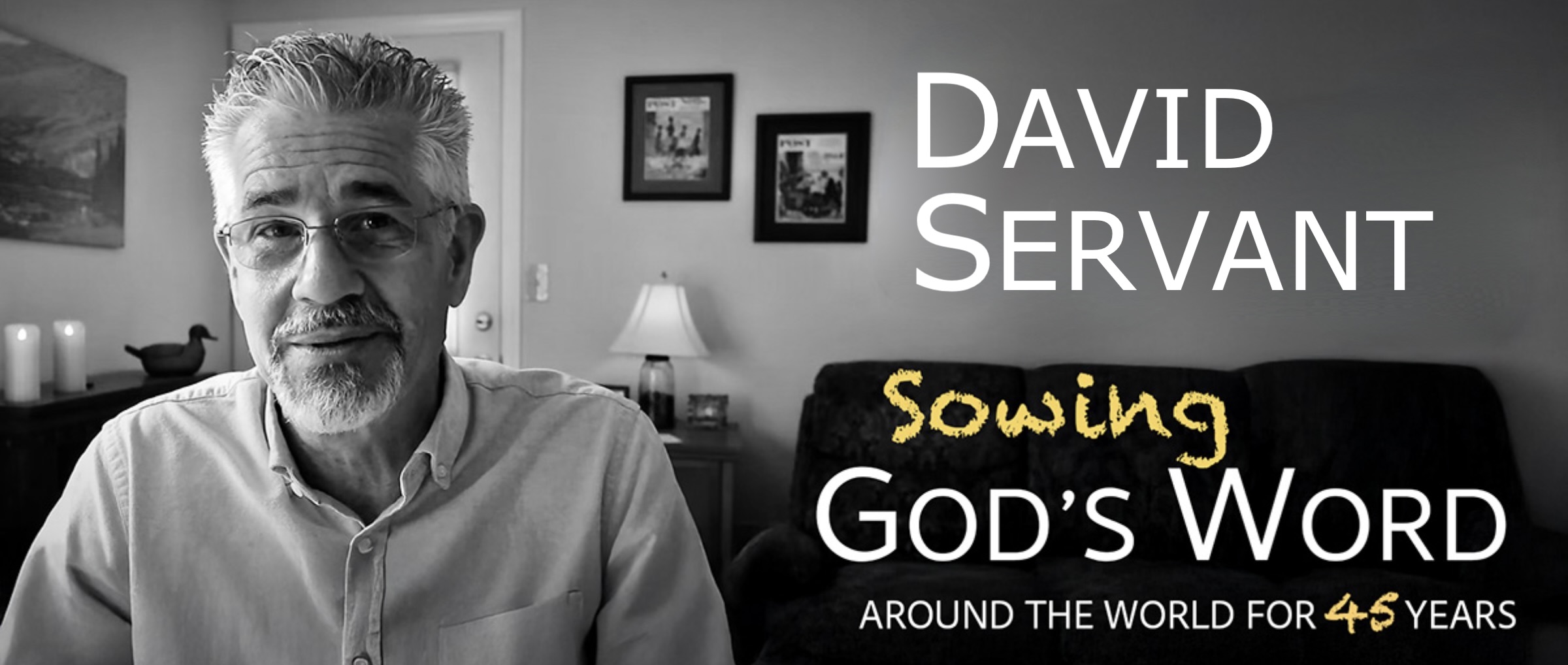
I tend to greet with skepticism anyone who claims to understand everything written in the book of Revelation. So please don’t expect me to unravel every mystery about it over the next four weeks. My fundamental premise is that if God wants something to be clear, He can make it clear. The reason Revelation is sometimes vague is because God intended it to be vague. He wants us to wonder, and so that’s what we’ll do! And we’ll be blessed as we read, just as John promised in 1:3, but only if we “heed the things which are written” (1:3). This book will motivate any soft heart towards holiness and purity.
Revelation can be divided into three sections. The first part, which we’ve read today, is the introduction. The second part, chapters 2-3, contains messages to seven actual churches that existed in Asia Minor in John’s day. The third part, from chapter 4 to the end, contains foresight into future events. These three divisions were established by Jesus in His instructions to John: “Write therefore the things which you have seen, and the things which are, and the things which shall take place after these things” (1:19).
Some think that much of what John wrote of the future was fulfilled within a few years of his writing about them, namely by the time of the destruction of Jerusalem in AD 70. Others, like myself, believe that most of the future events which John foresaw are still yet to be fulfilled during a time of world-wide tribulation—when the antichrist will rise to power.
In his final years, John had been banished by the Roman emperor, Domitian, to the isle of Patmos in the Aegean Sea. It was there that he experienced his incredible vision, first seeing Jesus in His glorified state. Pay attention to John’s description, as that is how He will appear when we see Him! Jesus was glorious and John was mortified.
In John’s vision, Jesus was standing in the midst of seven golden lampstands and holding seven stars in His right hand. We are informed that the lampstands represent the seven churches to whom John was writing, and the seven stars represent the seven angels (or “messengers”) over those churches (1:20). We would not have known this had it not been explained, so we see that God can make clear anything He wants to make clear, and keep mysterious anything He wants to keep mysterious.
I think it is safe to assume that there is a reason that Jesus chose to use lampstands to symbolize churches. Churches are supposed to be spreading the light of the truth in the midst of darkness. I’m afraid that many churches today would be best symbolized by black boxes.
If we understand nothing else in this wonderful book, there is one fact that couldn’t be more clear, and that is the certainty of the second coming of Christ. Loosely quoting from the Old Testament books of Daniel and Zechariah, John writes in his introduction:
Behold, He is coming with the clouds, and every eye will see Him, even those who pierced Him; and all the tribes of the earth will mourn over Him (1:7).
Everything we will read in this book leads up to that solemn and cataclysmic event that is highlighted in the 19th chapter. Jesus is He “who is and who was and who is to come” (stated twice in this chapter, in 1:4, 8). So many people are focused on Him “who was” while too few are focused on Him “who is to come.”
Jesus claimed to possess “the keys of death and of Hades” (1:18). This was obviously a metaphorical expression. Keys unlock what is locked. Through His sacrificial death and resurrection, Jesus provided a means whereby people can escape the sentence of spiritual and eternal death and hell. Praise God that He “released us from our sins by His blood” (1:5), and He has “made us kings and priests unto God” (1:6; KJV). So from one king to another, have a great day!


